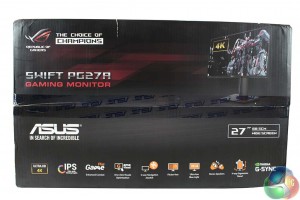
As a 27-inch display, the Asus Rog Swift PG27AQ ships in a fairly large box, with the typical Asus marketing information along the bottom, listing its main features.
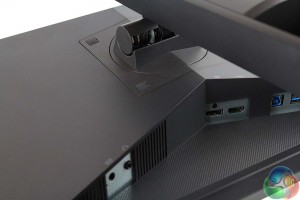
The panel is connected to the stand when you remove it from the packaging, but it can be removed to attach a monitor arm, and up to three PG27AQ displays can be run at 4K resolution simultaneously. If you have the necessary graphics card power on hand that is.
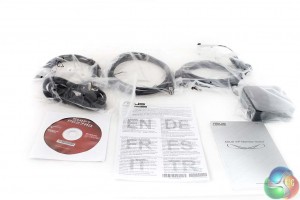
Along with the usual quick-start guide and software CD, you get a number of cables – HDMI, DisplayPort and a USB 3 uplink cable.
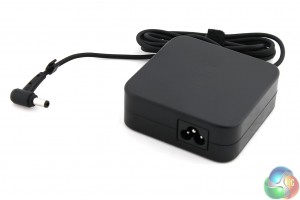
The PG27AQ uses an external power supply that takes a 3-pin power cable with the “cloverleaf” layout.
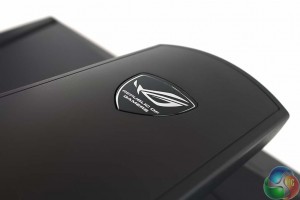
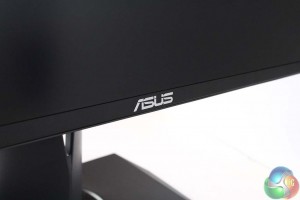

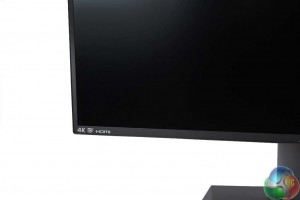
The panel itself has a number of logos showing that it’s a G-Sync monitor with 4K support. A nice way to make your friends jealous.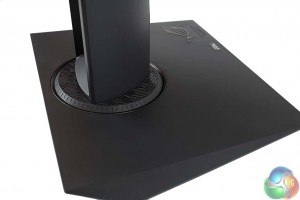
Both the plastic rim around the stand and Republic Of Gamers Logo on the base light up in red by enabling a setting in the OSD. It’s just a small cosmetic touch that serves no purpose at all, but something some users will no doubt appreciate.
The panel around the bezel is quite thin, no more than a few centimetres. At the back you can see a long gap used for cable management.
The screen pivots 90 degrees.
It tilts back 5 degrees, and forward 20 degrees, as you’d expect from a high end display.
And can be lowered 120mm.
The screen can be rotated horizontally, 60 degrees in either direction.
Underneath the display, the array of ports seems quite slim, compared with some displays. On the left-hand side, there’s a 3.5mm audio output jack, and the connector for the power supply.
The G-Sync module is limited to a single DisplayPort input, and Asus has added a second HDMI port. But that’s still only two, a problem that won’t go away for G-Sync any time soon.
There’s also a pair of USB 3 ports with an uplink port.
As expected, there’s support for Kensington locks.
And at the bottom a service port, used for updates, but it is unlikely that Asus will allow users to do this procedure, as they say it’s for their engineers only.
Identically to other ROG displays, the PG27AQ has a number of triangular buttons on the rear of the panel, with a red joystick at the top that’s used for navigating the OSD.
Asus isn’t entirely alone here, since some other manufacturers also offer a great OSD control system. Philips helpfully included a small joystick at the back of the BDM4065UC (review HERE) and BenQ has a USB remote control on some of its displays, such as the BL3201PT (review HERE).
But not all display firms have realised that great OSD controls make displays less frustrating to use. Until they do, Asus’ efforts with its ROG Swift displays really stand out.
 KitGuru KitGuru.net – Tech News | Hardware News | Hardware Reviews | IOS | Mobile | Gaming | Graphics Cards
KitGuru KitGuru.net – Tech News | Hardware News | Hardware Reviews | IOS | Mobile | Gaming | Graphics Cards


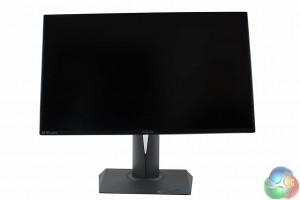
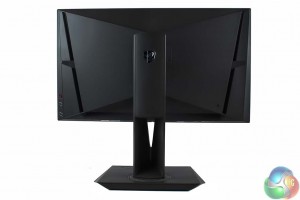
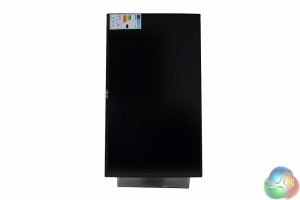
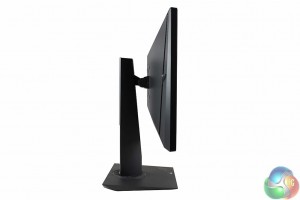
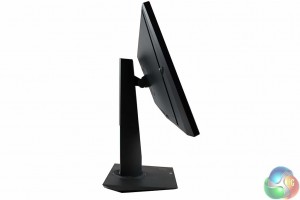
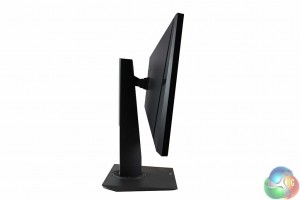
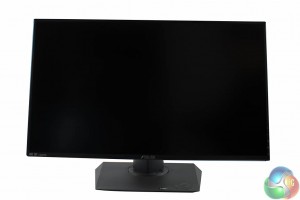
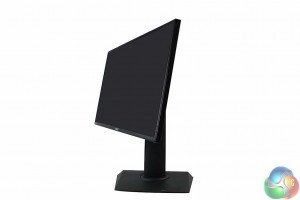
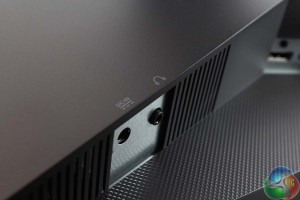
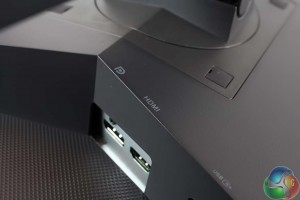
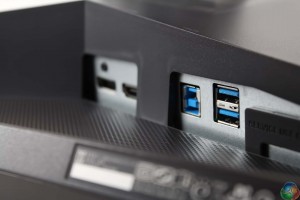
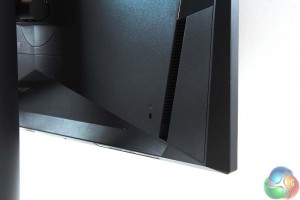
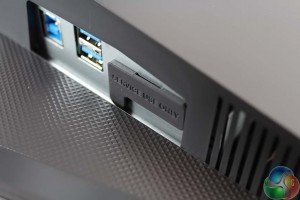
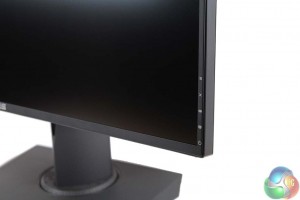
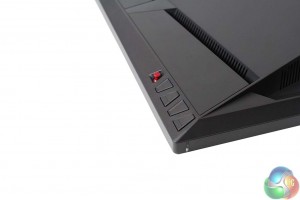

For 4K @ 144Hz, they can just add second DP 1.2, similar to 5K displays. Could be more future proof, as most cards have multiple DP outputs.
The initial 4K displays used multiple displays inputs and that didn’t work well at all. Loads of problems with tearing and such.
Wasn’t that because the displays were set up to treat the 4K screen as two separate “halves”?
Yeah, and that’s what you’d have to do with TristanSDX’s solution.
Weren’t the early panels physically 2 panels though? I seem to recall hearing that the split wasn’t just logical, that a single 4K panel was too expensive to make back then so two cheaper 1920*2160 panels were stuck together in a single frame to make it work.
Why couldn’t the bandwidth provided by the 2 DP cables be aggregated without having to virtually split the screen into two halves?
Leo should have done a video review of this.
Any way to get this in the USA yet???
You can get it now at Newegg. And some time soon Amazon will have it in stock.
You say that gsync effect is striking at 144hz and less so at 60hz? 144hz does not and never has needed adaptive sync to make it impressive. I really wonder if some of the people singing gsync praises had ever used a high refresh monitor before they tested gsync. All the explanations of the benefits gsync has at 120hz and above are actually the benefits of 120hz and above.